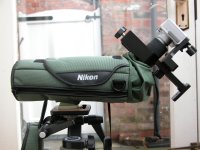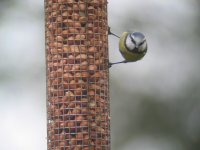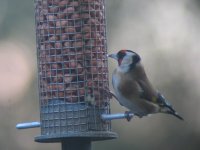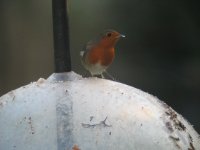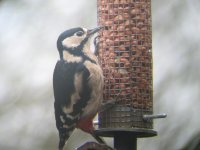I have the Canon SD500/Ixus700 and I read that Leica has a new adaptor which looks to me in the photo of it that it will hold other cameras beside leica as it is a clamp type affaire. My ixus has no filter threads.
My grandson is coming from Australia and I would like him to bring me what I need and would welcome suggestions as I know nothing about this. Till now I have been chasing birds with a DO70-300 and 20D and not long enough.
Question: Is this camera okay and what adaptor and scope do I buy and do I buy a scope with a tripod as my tripod won't take more than 2kg.
I would appreciate any help in this matter.
Is the IS on the new Leica worth getting as I am quite happy with my SD500 for everyday snap shooting as it is so small and light.
fredyr
My grandson is coming from Australia and I would like him to bring me what I need and would welcome suggestions as I know nothing about this. Till now I have been chasing birds with a DO70-300 and 20D and not long enough.
Question: Is this camera okay and what adaptor and scope do I buy and do I buy a scope with a tripod as my tripod won't take more than 2kg.
I would appreciate any help in this matter.
Is the IS on the new Leica worth getting as I am quite happy with my SD500 for everyday snap shooting as it is so small and light.
fredyr




